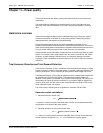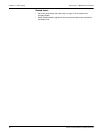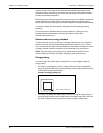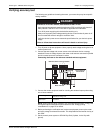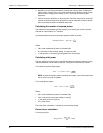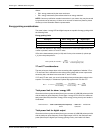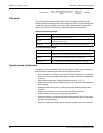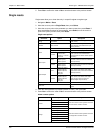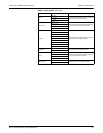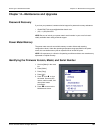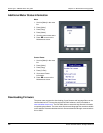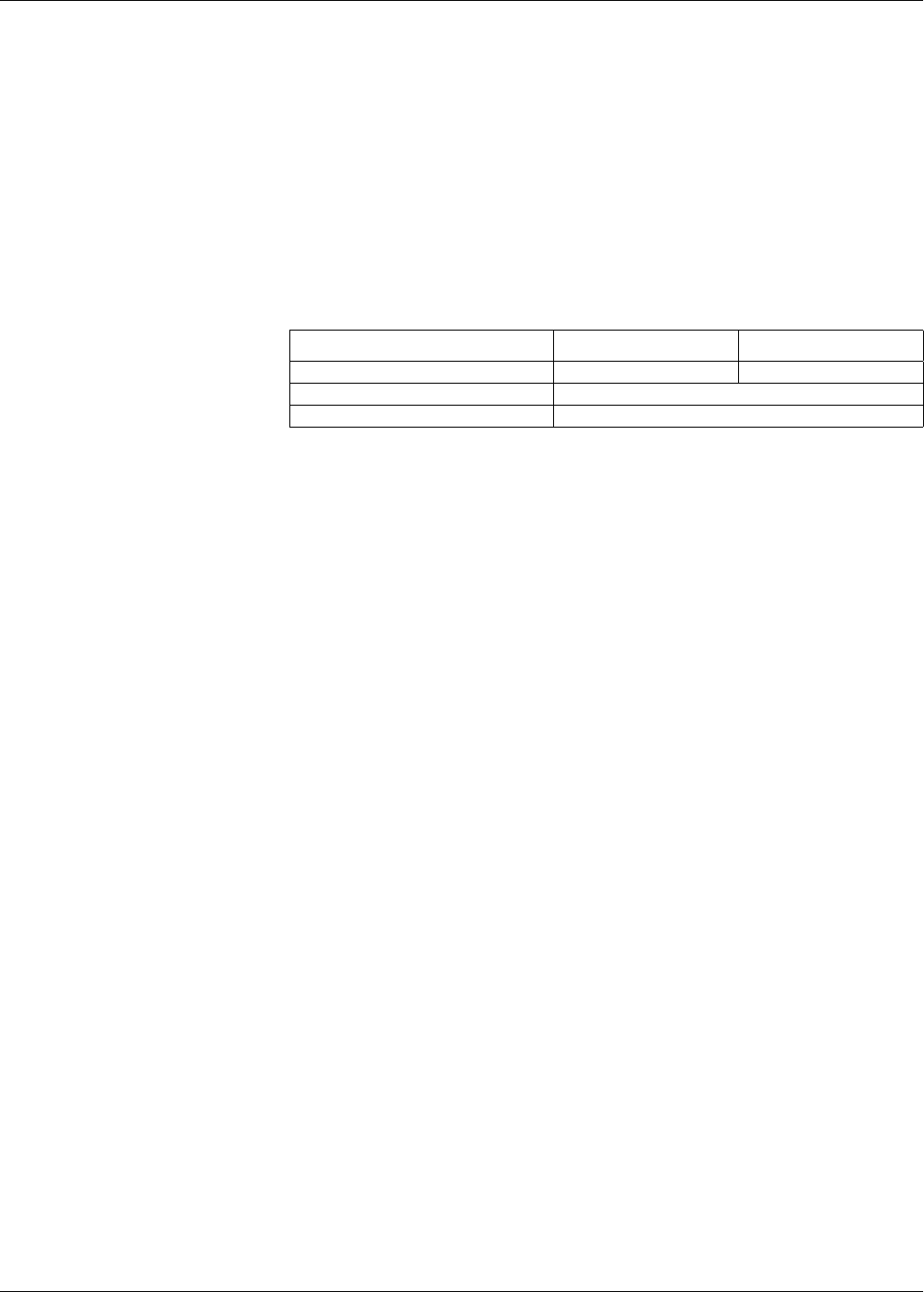
PowerLogic™ PM5300 series user guide Chapter 12—Verifying accuracy
© 2014 Schneider Electric All Rights Reserved 97
Where:
• EM = energy measured by the meter under test
• ES = energy measured by the reference device or energy standard.
NOTE: If accuracy verification reveals inaccuracies in your meter, they may be caused
by typical sources of test errors. If there are no sources of test errors present, please
contact your local Schneider Electric representative.
Energy pulsing considerations
The meter’s alarm / energy LED and digital outputs are capable of energy pulsing within
the following limits:
The pulse rate depends on the voltage, current and PF of the input signal source, the
number of phases, and the VT and CT ratios.
If Ptot is the instantaneous power (in kW) and K is the pulse constant (in pulses per
k_h), then the pulse period is:
VT and CT considerations
The test points are always taken at the secondary side, regardless of whether VTs or
CTs are used. Ptot is derived from the values of the voltage and current inputs at the
secondary side, and takes into account the VT and CT ratios.
If VTs and CTs are used, you must include their primary and secondary ratings in the
equation. For example, in a balanced 3-phase Wye system with VTs and CTs:
Total power limit for alarm / energy LED
Given the maximum pulse constant (Kmax) you can enter is 9,999,999 pulses per kWh,
and the maximum pulse frequency for the alarm / energy LED is 83 Hz, the maximum
total power (Max Ptot) the alarm / energy LED’s energy pulsing circuitry can handle is
29.88 Watts:
Total power limit for digital output
Given the maximum pulse constant (Kmax) you can enter is 9,999,999 pulses per kWh,
and the maximum pulse frequency for the digital output is 25 Hz, the maximum total
power (Max Ptot) the digital input’s energy pulsing circuitry can handle is 9 Watts:
Energy pulsing limits
Description Alarm / energy LED Digital output
Maximum pulse frequency 50 Hz 25 Hz
Minimum pulse constant 1 pulse per k_h
Maximum pulse constant 9,999,999 pulses per k_h
Pulse period (in seconds)
3600
KPtot
--------------------
1
Pulse frequency (Hz)
---------------------------------------------------==
Ptot 3 VLN
VT primary
VT secondary
---------------------------------
I
CT primary
CT ondarysec
-----------------------------------
PF
1 kW
1000 W
-------------------
=
Maximum Ptot
3600 (Maximum pulse frequency)
Kmax
---------------------------------------------------------------------------------------
3600 83
9,999,999
------------------------ 0.02988 kW===



